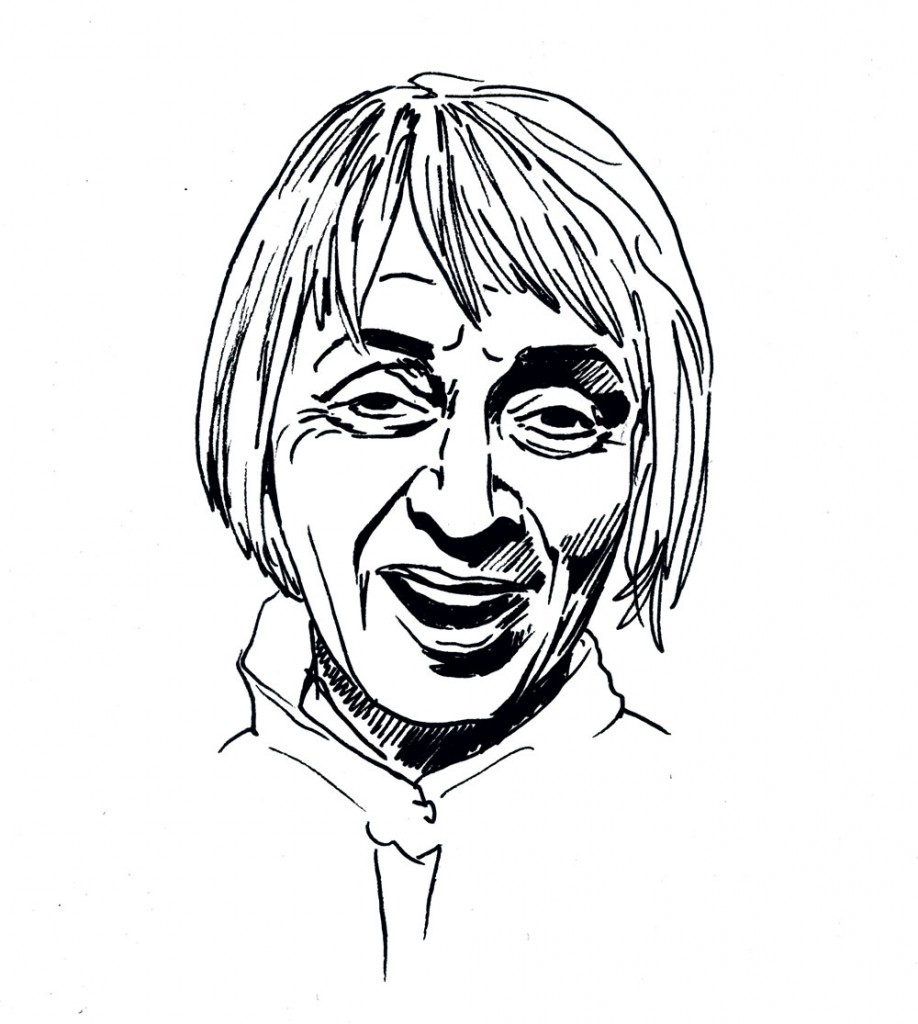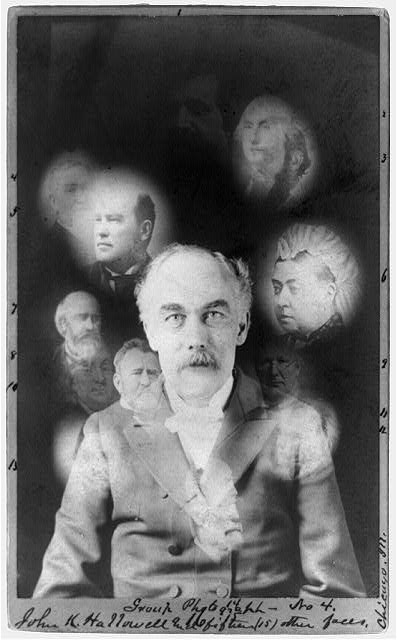Janet Koplos on Arts Writing After the New Art Examiner
Exaggerated claims about the demise of art criticism appear with such alarming frequency that it’s difficult to take them seriously anymore. Art criticism has always been in a state of flux, absorbing the shocks of changing fortunes and fashions. Chicago, too, witnessed the rise and decline of a homegrown publication, the New Art Examiner, between 1973 and 2002. The Examiner was a critical and uncompromising outlet for arts coverage in the region, setting itself apart from the dominance of New York. One of its reviewers, Janet Koplos, who has had an illustrious career as an art critic in the Midwest as well as in New York and Tokyo, is currently working on a book about the magazine’s history and legacy. Koplos recently received the prestigious Art Writers Grant from the Warhol Foundation for The Loyal Opposition: The Life and Times of Chicago’s Controversial New Art Examiner. In her first interview about the project, Koplos discusses why this is a crucial time to examine the Examiner.
ZN: Why write a book about the New Art Examiner now?
JK: I might say it should have been written ten years ago, before the death of Jane Addams Allen, who founded the New Art Examiner with Derek Guthrie (whom she later married). But maybe there’s an advantage to a little more distance. Both of them and the magazine were controversial in their time. Criticism is not always well received. So it might be good that there’s been time to cool off and reflect.
Considering that we’re going through changes in the nature and conditions of art criticism now, maybe it’s a very good time to look at how criticism once functioned in this specific case and how it served its communities.
Stepping back even further, I’m considering the idea that there might be some lessons in this story about how discussions of contentious issues devolve into personal attacks and enmity. The Examiner’s story might reflect upon the failure of public debate in America today.

What will the research and writing process involve?
I will be interviewing the surviving figures most closely associated with the Examiner, others who were active in the art world at that time (especially in Chicago), and, importantly, people who most strongly objected to its methods and personalities. I want to hear all sides.
I’ll be reading every issue of the magazine and coming up with some kind of a database. I’ve heard that the Examiner favored certain artists, didn’t cover certain subjects, never got support from certain institutions, and I want to see what the factual record shows. Impressions can be mistaken and memories can be faulty, so examining the Examiner is essential.
I’m hoping that individuals who were active in the art world between 1973 and 2002 might have diaries or letters that will give me a window to the time. Anyone who has relevant material can contact me at janetkoplos (at) gmail (dot) com.
The New Art Examiner has a near legendary status, especially amongst those who haven’t witnessed its run. What role did it play in its heyday? Which publication, according to you, occupies its place at the moment?
There were other regional and local art publications that functioned as the same kind of exchange point as the Examiner. I think what made the Examiner different was the specific talents of its founders. Jane was a skillful editor and a calming presence; Derek was an outspoken and high-energy promoter. The publication had some excellent writing, and it served as a mentor for many young writers who have gone on to play national roles. Eleanor Heartney, Carol Diehl and Carol Squiers are just a few of them. It was notably inclusive in the kinds of work and subjects covered, including art politics, and I’ll be looking at whether it was the first to give scrutiny to the National Endowment for the Arts and other government programs. It also printed every letter to the editor and set up columns such as “Speakeasy” that allowed anyone to spout off on an issue. So it generated discussion, it was a must-read, whether you liked it or not. Its regional focus and quality of criticism showed that New York did not have a lock on creativity or talent.
I don’t think we have comparable publications now. Only the national publications offer challenging critiques, and there have been complaints that even they have lost their taste for real debate. Blogs can be opinionated, but they don’t have the readership or the responses. Social media occasionally generates a provocative thread, but for the most part our attention is too fragmented by all the entertainment and communication devices now, and commentary is usually brief, ordinary, and pleasant.
Tell us about your experience of working with the magazine. How did it shape your career?
I had a degree in journalism and local experience writing reviews for the college newspaper and then the city newspaper in Minneapolis when Derek heard that I was moving to the Chicago area (for family reasons) and called me. I started reviewing for the Examiner as soon as I was settled, writing about all sorts of things but especially the crafts, in which I’ve always had a special interest. Eventually Jane and Derek gave me the chance to edit a thematic issue, which really boosted my confidence and helped me have the nerve to find other opportunities after I moved away. I think my experience was typical.
What advice do you have for young, aspiring arts writers in Chicago? What are some of the most important lessons you have learned over the years as an art critic?
Criticism is still an important part of the art conversation. I’ve never met an artist who didn’t hope that his or her show would be reviewed, because everyone wants intelligent feedback. The trouble is that the old financial model no longer works, since advertising is disappearing because of the Internet. Young critics now are going to have to find a new way to share a critical dialog. Criticism worked previously by occurring in a collective public forum. Can a blog replace that? What other form might there be? I don’t know, but I think the need is still there.
As for that last question, look carefully, think independently, write carefully in clear language, be fair, be honest. Don’t assume that the artist is the best source of interpretation.







